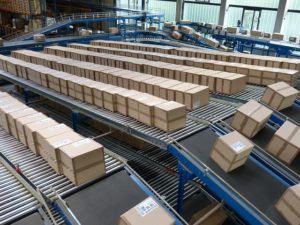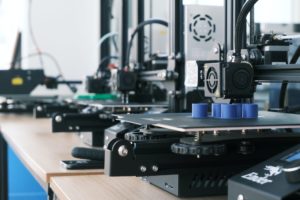By definition, heijunka is a production leveling and scheduling tool that is used in lean manufacturing to utilize the available capacity within an organization effectively. Responding flexibly to customer demand increases profitability.
The reality necessitates production leveling and scheduling in the business world where customer demand tends to fluctuate on a day to day basis but when looked at from a longer-term perspective almost always remains constant.
Heijunka in Lean Manufacturing
Lean manufacturing calls for producing only what the customer demands when they demand it. However, doing so will, in reality, result in erratic production. On one week you may be producing large quantities of a product while in the next week you will find that the resources within the organization are underutilized.
Because of this uneven production schedule, the supplies coming into the organization will also be erratic – meaning that inventory levels will increase to unmanageable levels. There will also be many incidences of stock-outs as it is virtually impossible to keep large quantities of all stock items.
It is therefore not a wise decision to try to run a strictly build-to-order system because of the inherent difficulty of keeping optimal inventory levels. Such a system will result in hidden problems such as quality defects and very high lead times that will make it challenging to fulfill customer demand.
Heijunka solves this problem by leveling out the production schedule resulting in better customer service and quality. In fact, some of the best lean manufacturing firms such as Toyota do not insist on a build-to-order system in the strictest sense of the word but work out the best process that will lead to efficient production.
Production leveling works by not trying to fulfill customer order as they come but by accumulating orders then leveling the production schedule. By using such a process, a firm becomes much better at fulfilling orders through shorter lead times, better quality and higher profits caused by a reduced inventory of parts.
Implementing Heijunka Production Levelling
The fact that build-to-order might work against the goals of lean manufacturing shows that it is not always prudent to try and apply tools with considering the big picture of whether they will achieve their intended purposes. Many companies when implementing lean go about trying to remove the seven wastes but in the process end up hurting the organization.
As an example, if a firm is trying to implement lean in a system that has variation in the production processes, it will find that focussing on only removing waste will do more harm than good to the organization. The workers will be overburdened because they will have to work faster than is naturally possible and this will be the downfall of the lean program. There will be a negative attitude towards change by the workforce who will conclude that it cannot work in their organization.
Heijunka Example in an airline caterer
An airline catering firm produces meals for airlines that pass through the international airport every day of the week. There is a wide range of products demanded by the airlines including desserts, a hot meal, and salads.
The caterer operates in three shifts that cover a twenty-four hour period because the flights operate throughout the day. Different sections of the kitchen prepare each meal item and then transferred to the catering department to assemble into trays.
As an example of how to apply heijunka in the final assembly of trays, we take a look at the assembly of desserts. This production leveling is used across the hours of the day as there is no stock kept given the fact that these are food items.
Heijunka does not build according to the customer demand which can be completely unpredictable. Instead, orders are totaled over a given period and produced evenly over the production schedule regarding volume and mix.



